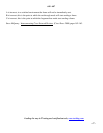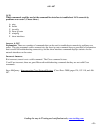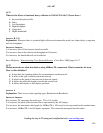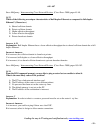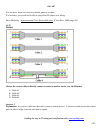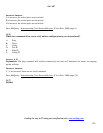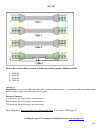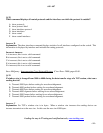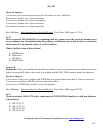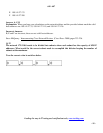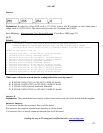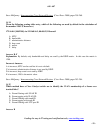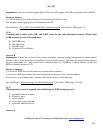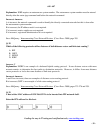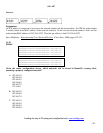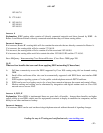
640 - 607
Leading the way in IT testing and certification tools, www.testking.com
- 25 -
Incorrect Answers:
A is incorrect; prior to the increase in bytes the old window size was 3000 bytes.
B is incorrect; window size is bytes not packets.
D is incorrect; window size is bytes not segments
E is incorrect; window size is bytes not frames.
F is incorrect; window size is bytes not packets.
Steve McQuerry. Interconnecting Cisco Network Devices. (Cisco Press: 2000) pages 213-214.
Q. 30
Users on network 192.168.69.0/28 are complaining that they cannot access the corporate intranet server
at www.inhouse.com. In troubleshooting this problem, you find that you are able to telnet a workstation
on this network to the internal webserver via its IP address.
What is the likely cause of this problem?
A. TCP/IP failure
B. DNS failure
C. FTP failure
D. SNMP failure
Answer: B
Explanation: When you combined the fact that user cannot connect to the intranet with its domain but you can
telnet to it using the IP address, there must be a problem with the DNS. DNS translates names into addresses.
Incorrect Answers:
A is incorrect; if there was a problem with TCP/IP then you would not have been able to Telnet to web server.
C is incorrect; a problem with FTP would not cause this problem.
D is incorrect; a SNMP failure would not cause this problem.
Steve McQuerry. Interconnecting Cisco Network Devices
. (Cisco Press: 2000) pages 239-240.
Q. 31
Given the network 199.141.27.0 with a subnet mask of 255.255.255.240, identify the valid host addresses.
(Choose three.)
A. 199.141.27.33
B. 199.141.27.112
C. 199.141.27.119
D. 199.141.27.126



